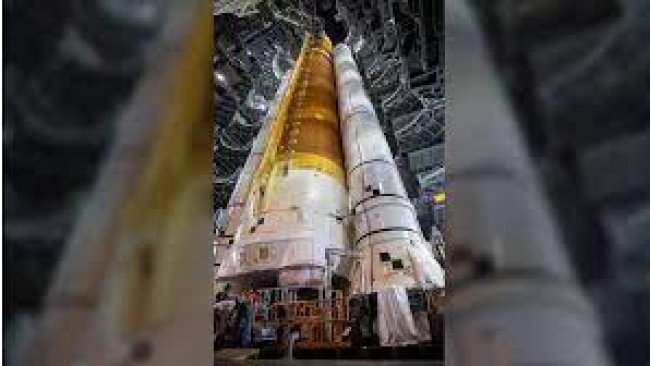Energy breakthrough as researchers harness artificial photosynthesis to create hydrogen fuel

Researchers have developed an artificial photosynthesis system that harvests light energy to produce hydrogen fuel. Photosynthesis is a chemical process used by plants to convert light energy, carbon dioxide and water into glucose for the plant to grow, releasing oxygen in the process.
Researchers have run into challenges while trying to artificially replicate this process, but new research involving a 'supramolecule' has managed to use light to produce hydrogen that could one day be used as fuel.
Photosynthesis is used by plants to harvest energy from light.
The leaves of green plants contain hundreds of pigment molecules (chlorophyll and others) that absorb light at specific wavelengths.
Artificial photosynthesis requires designing a molecular system that can: Absorb light, transport and separate electrical charge and drive fuel-producing reactions synchronously to convert light-energy into chemical energy efficiently.
Photosynthesis is a chemical process used by plants to convert light energy and carbon dioxide into glucose for the plant to grow, releasing oxygen in the process.
The leaves of green plants contain hundreds of pigment molecules (chlorophyll and others) that absorb light at specific wavelengths.
When light of the proper wavelength strikes one of these molecules, the molecule enters an excited state - and energy from this excited state is shuttled along a chain of pigment molecules until it reaches a specific type of chlorophyll in the photosynthetic reaction center.
Source: Daily Mail
Thu 8 Jun 2017 at 11:24




.png)
.png)